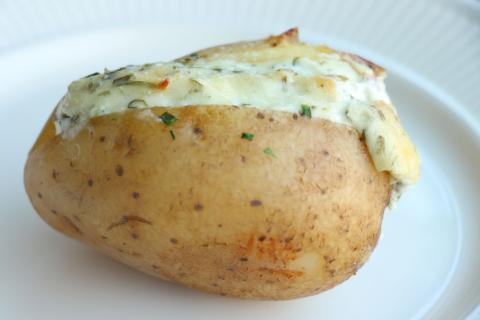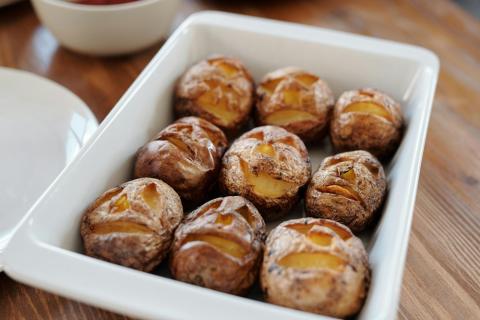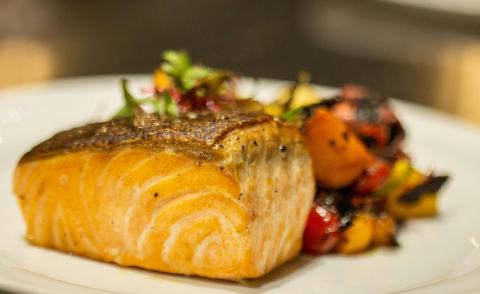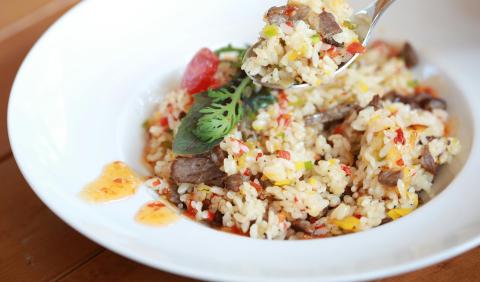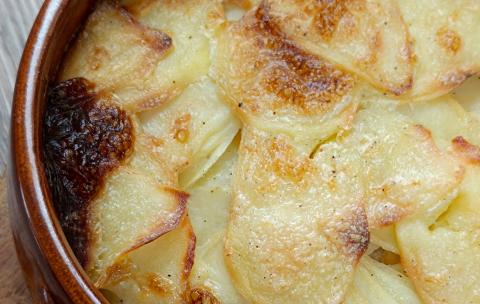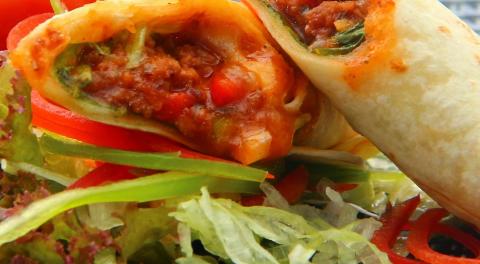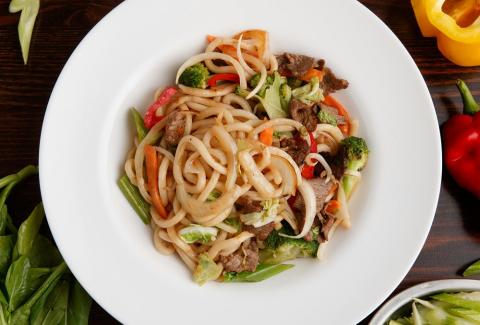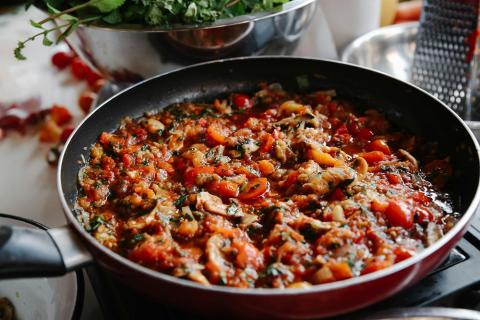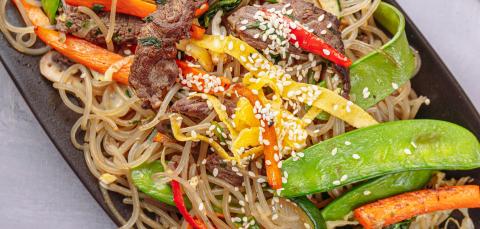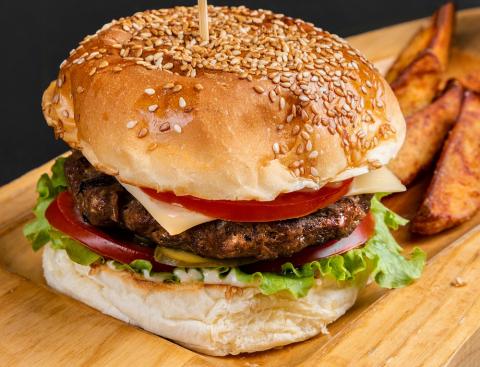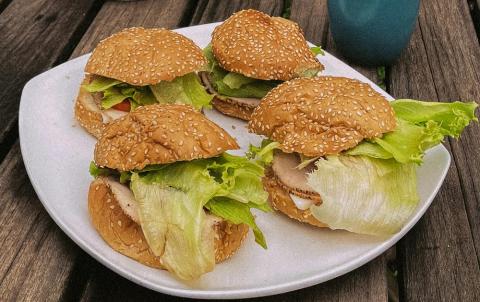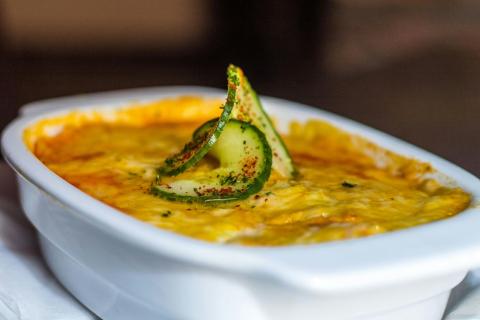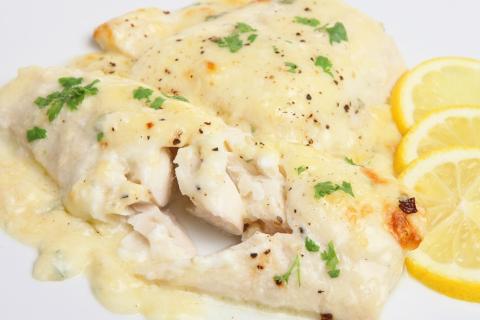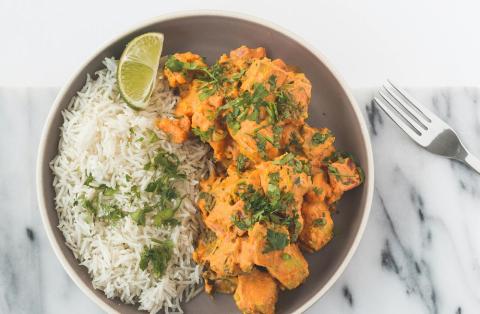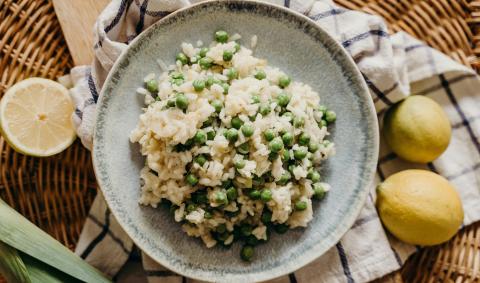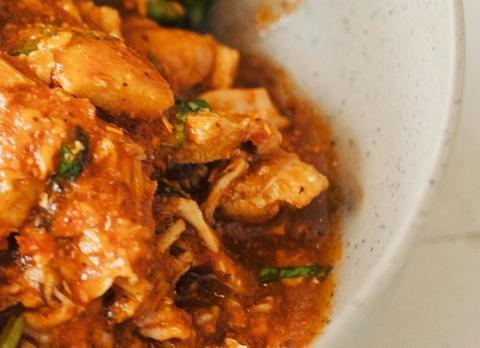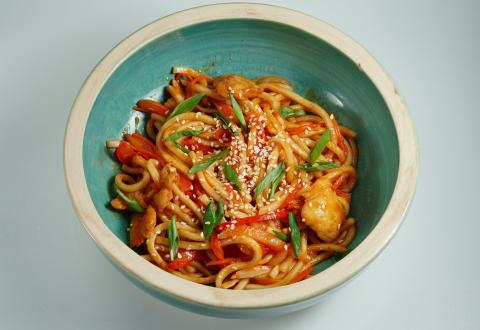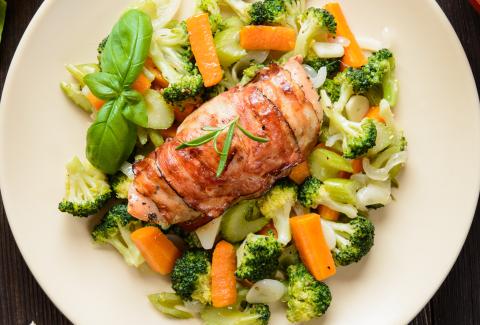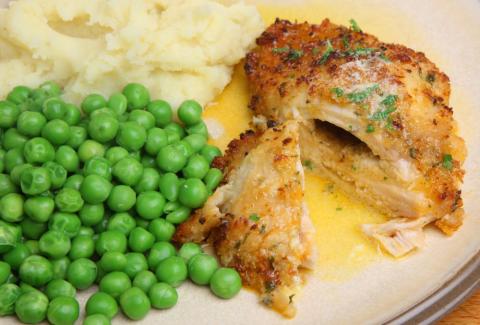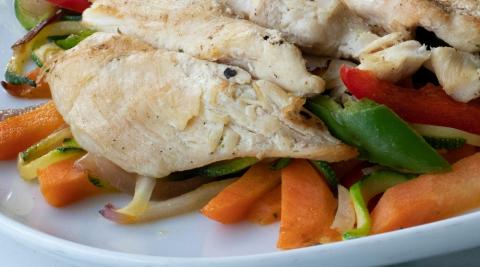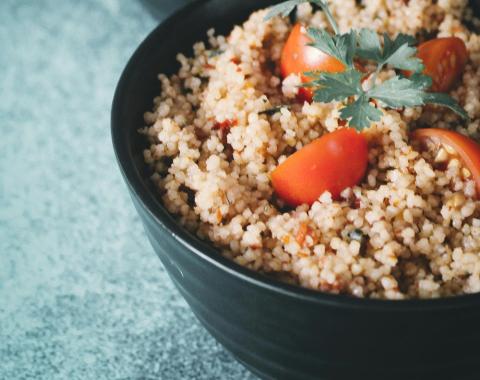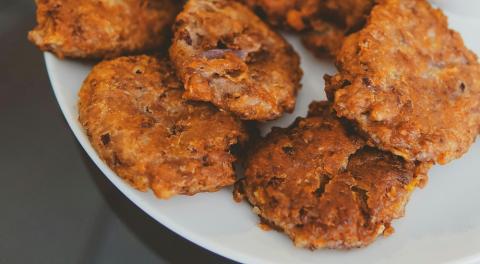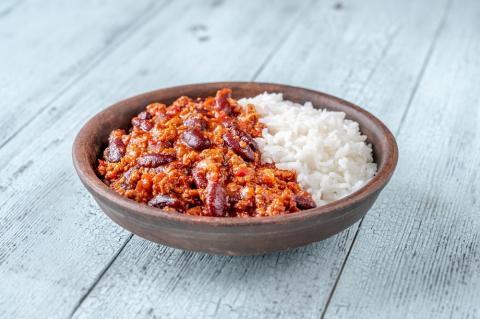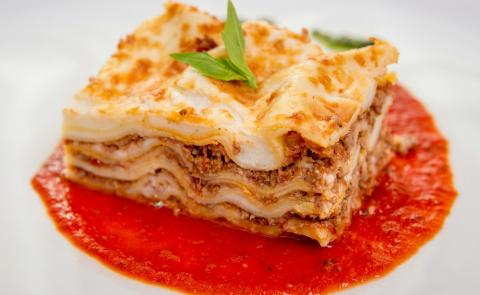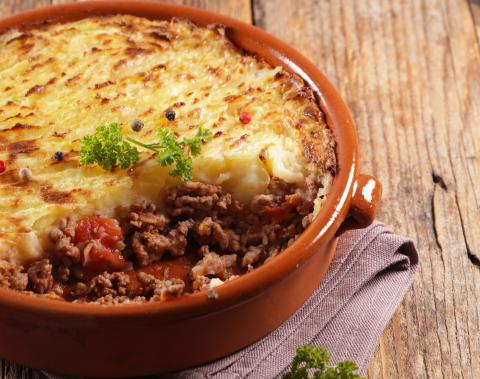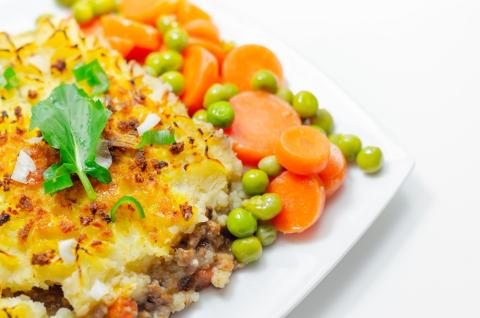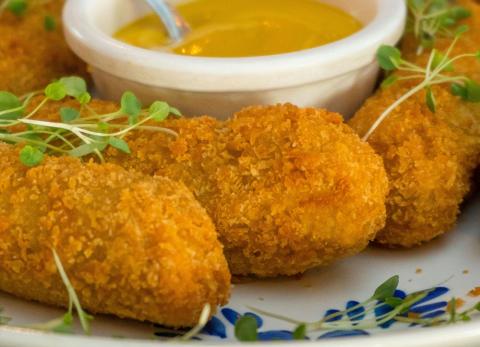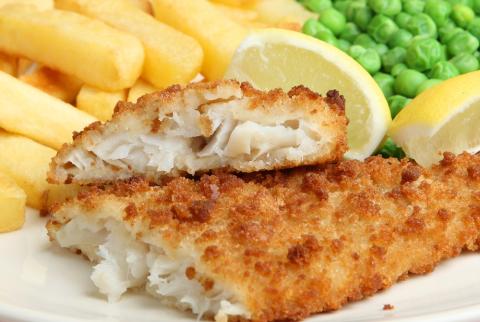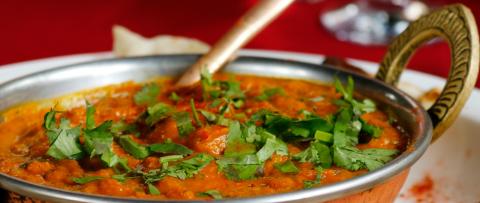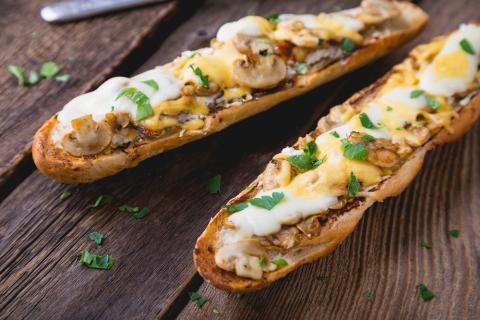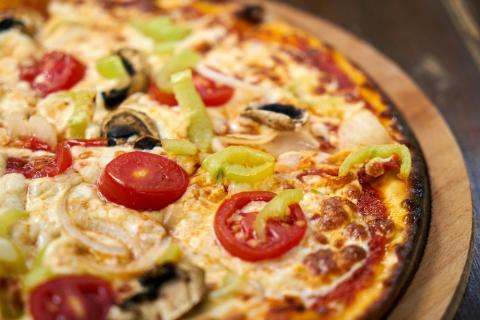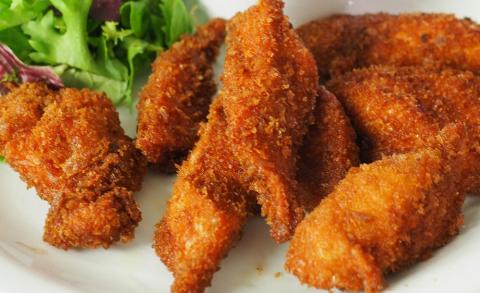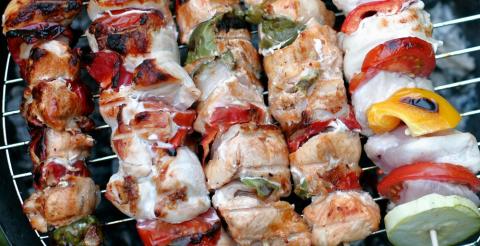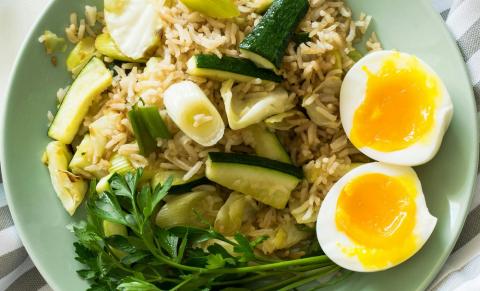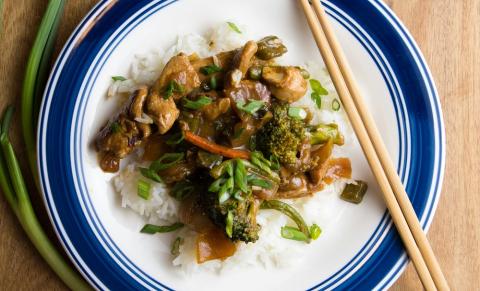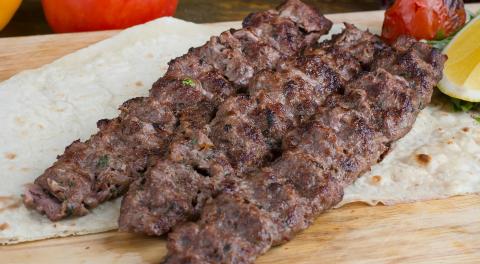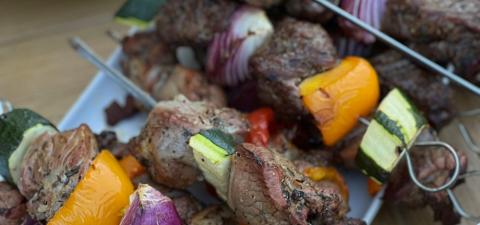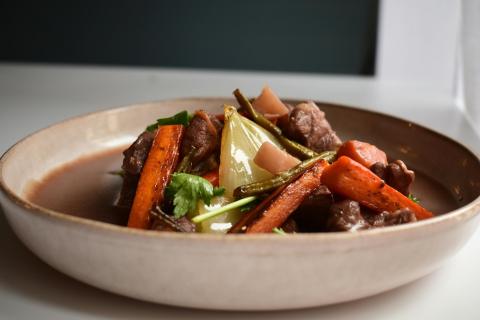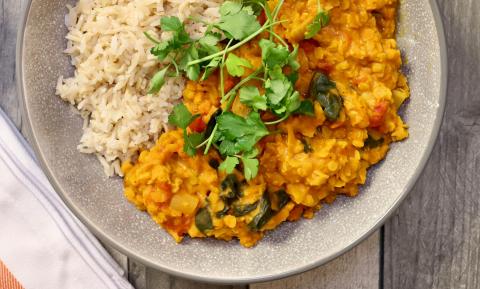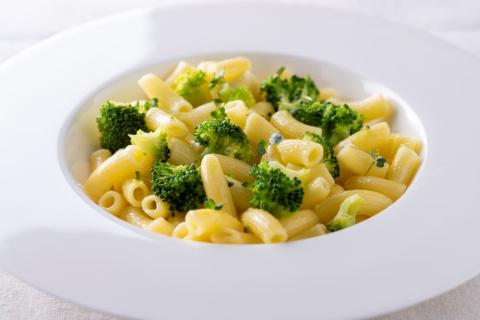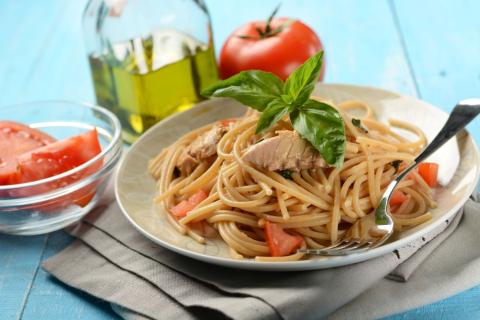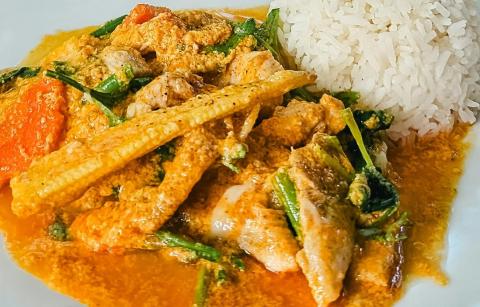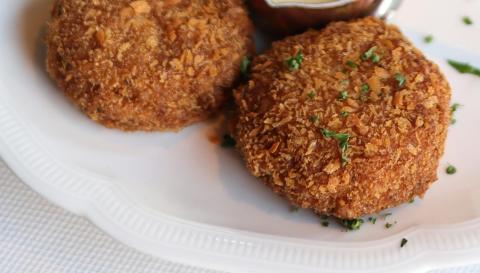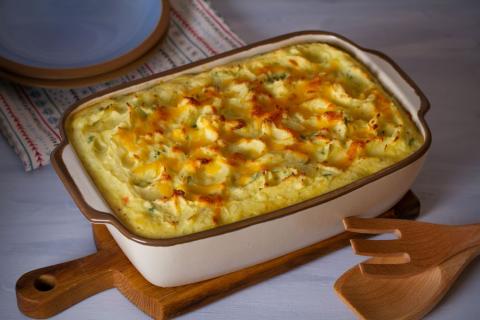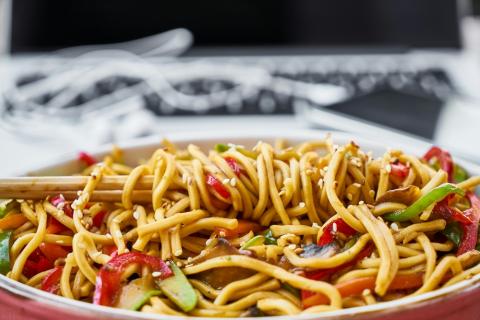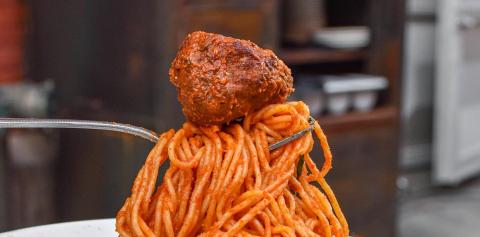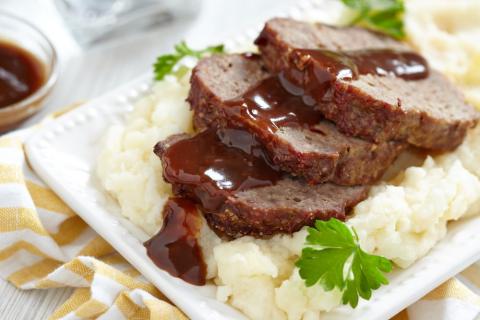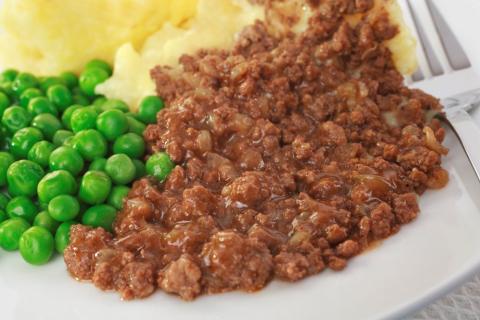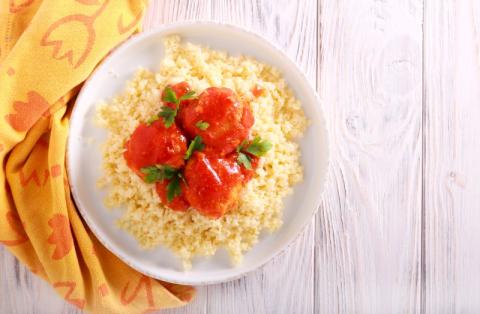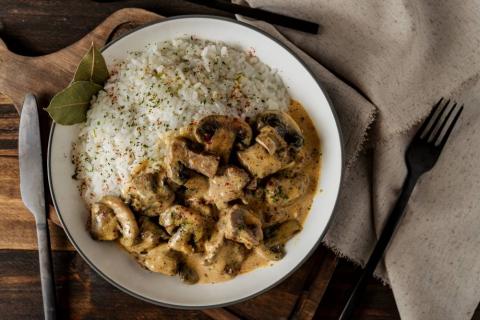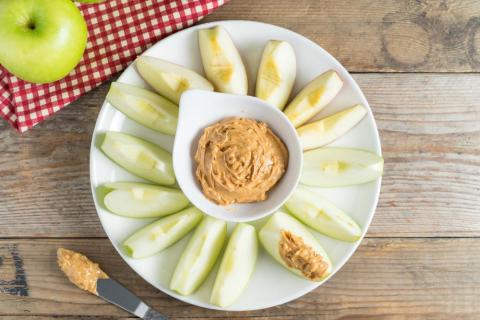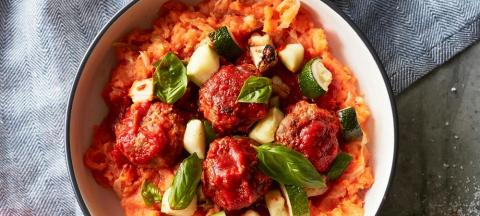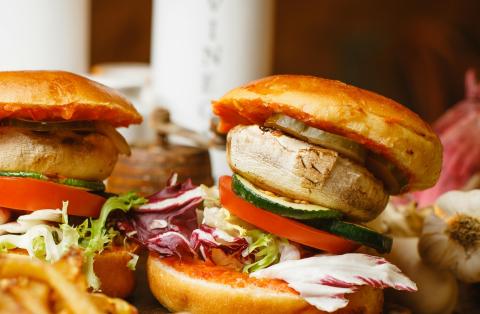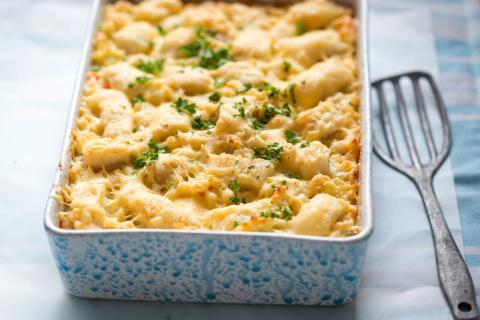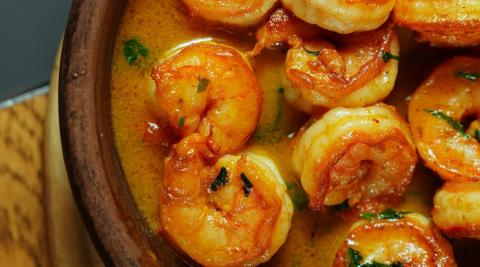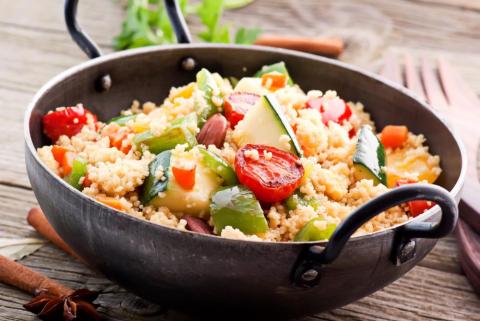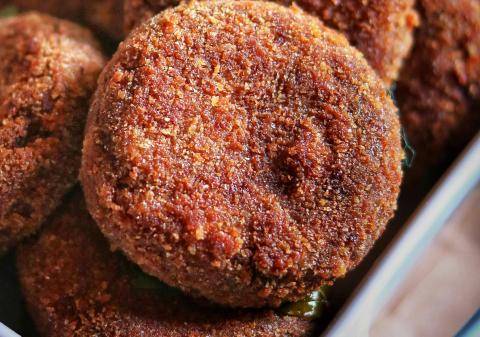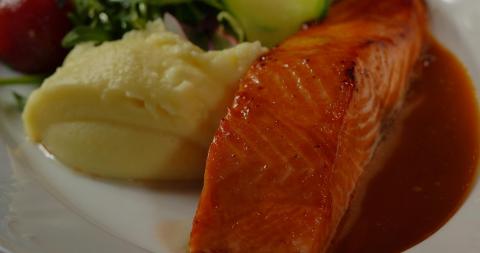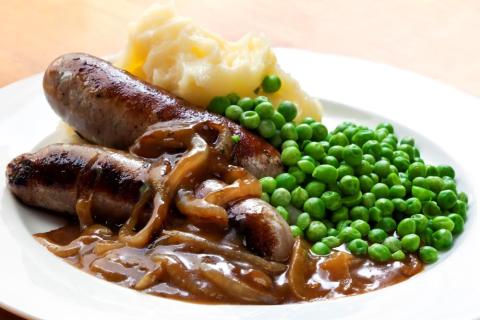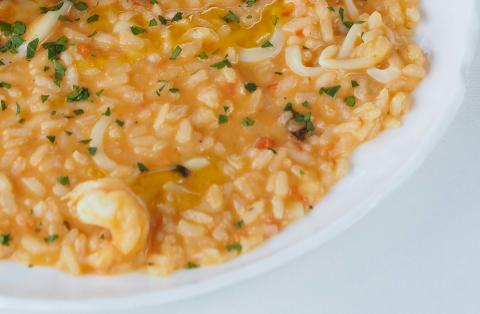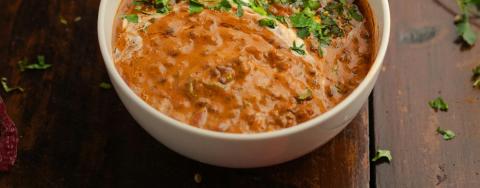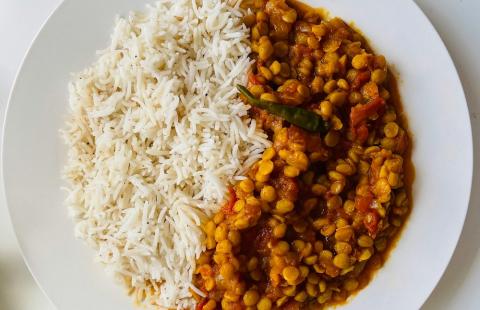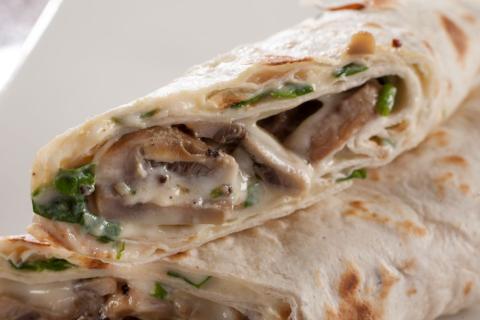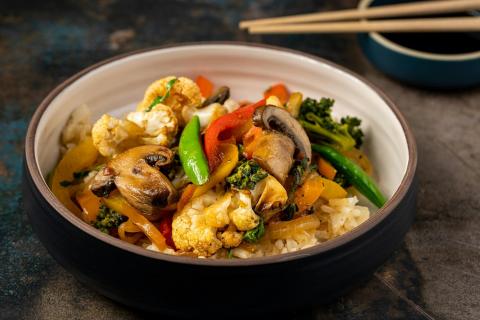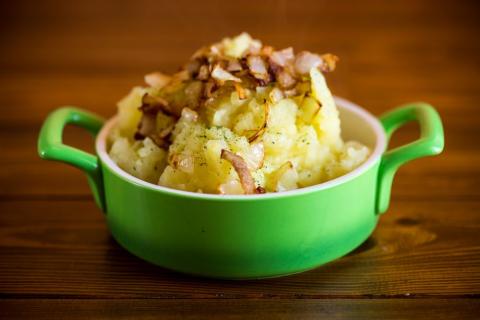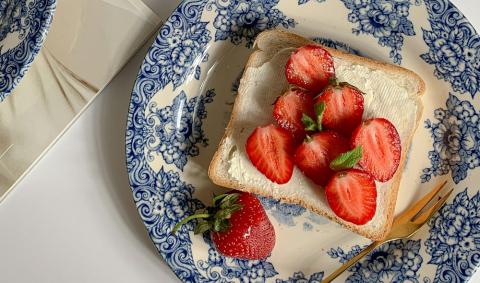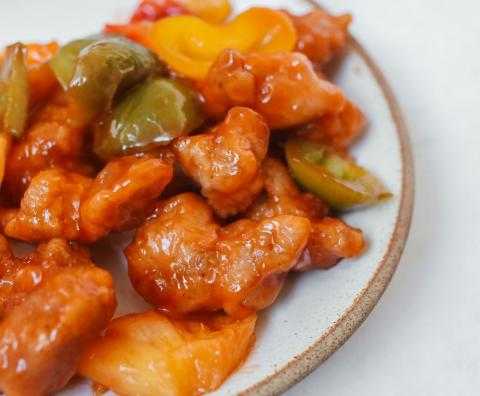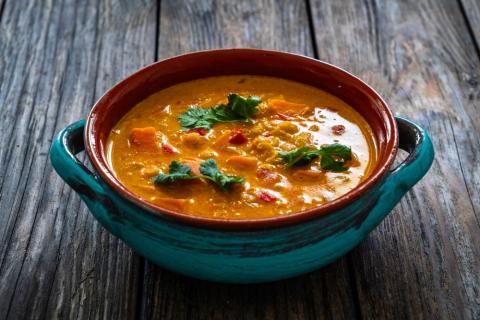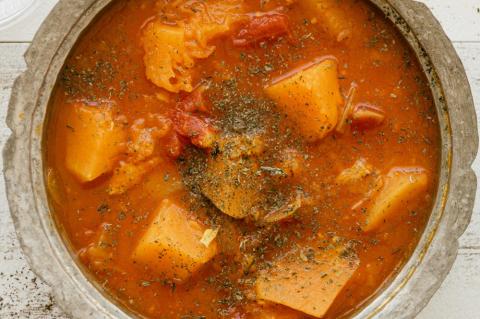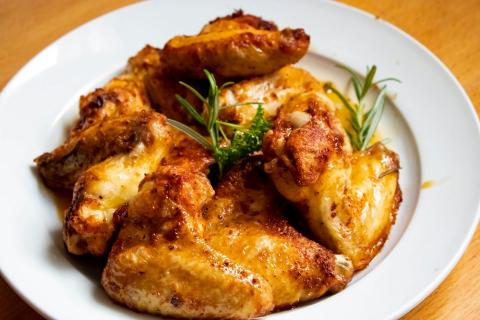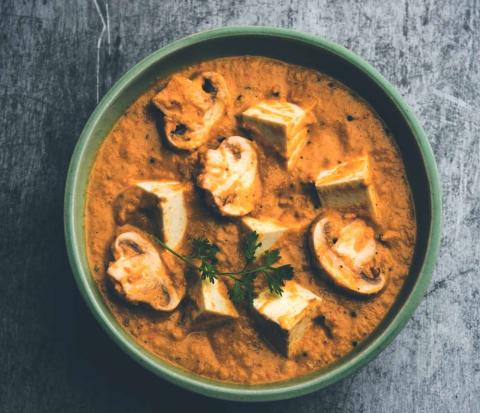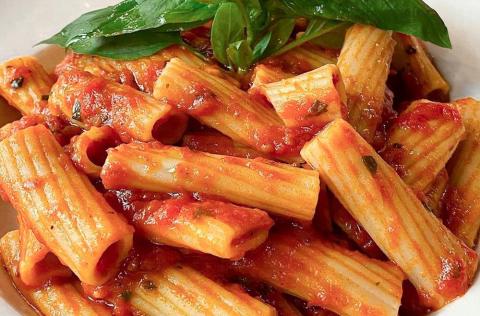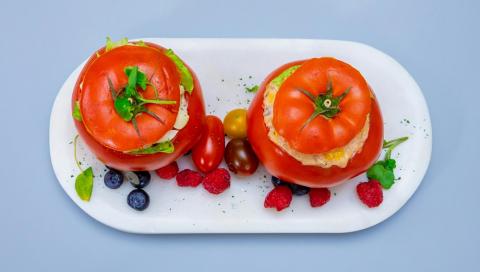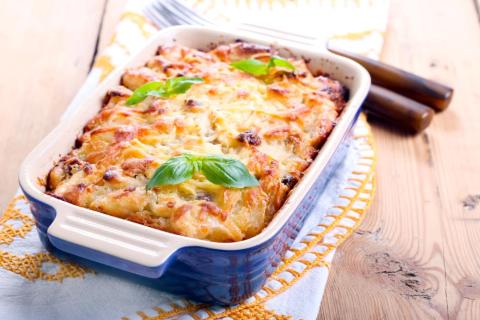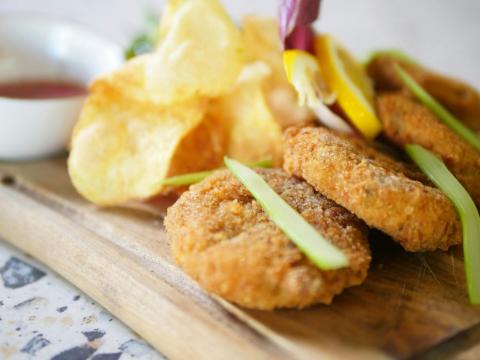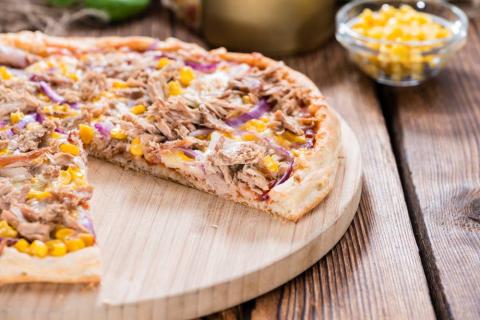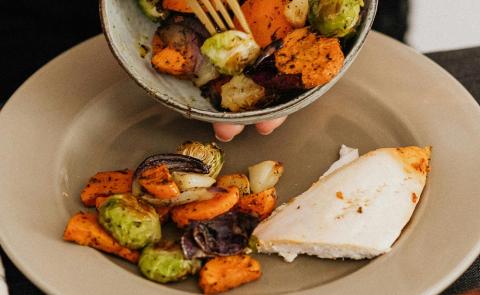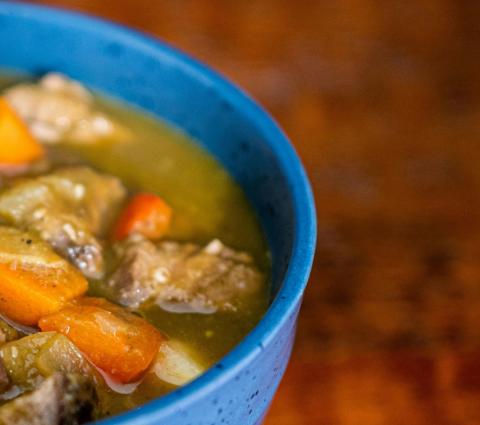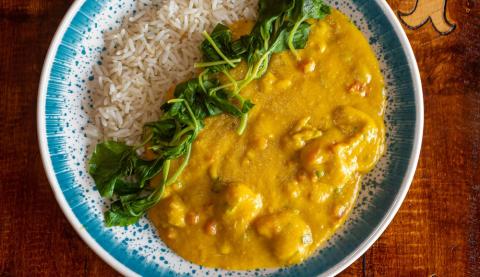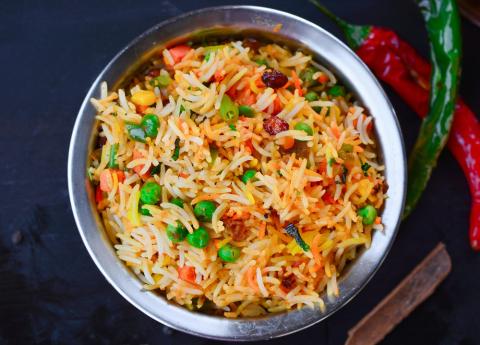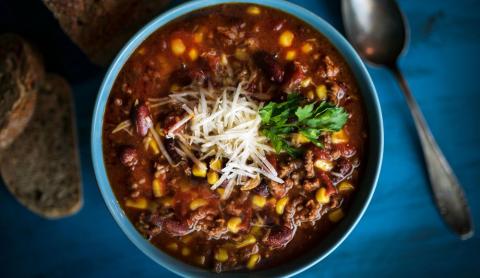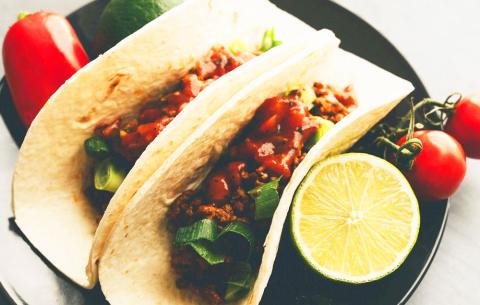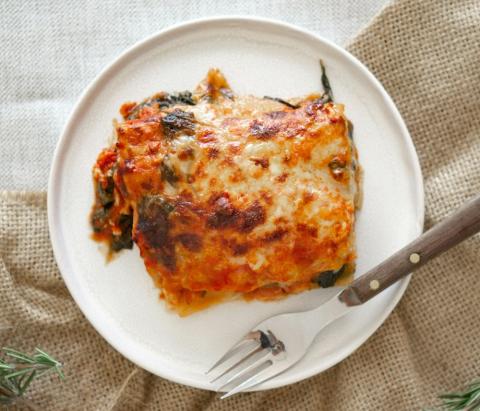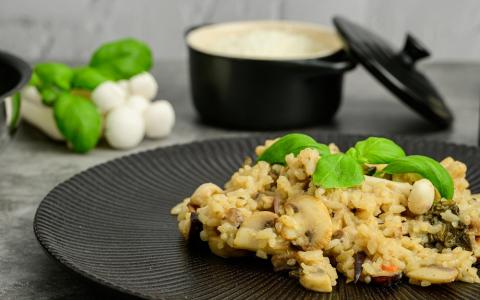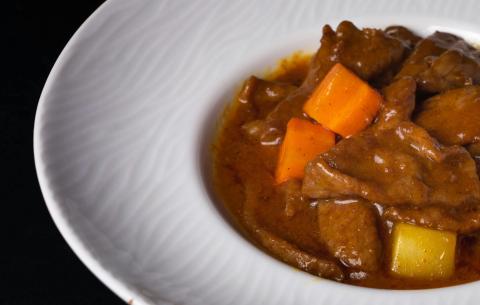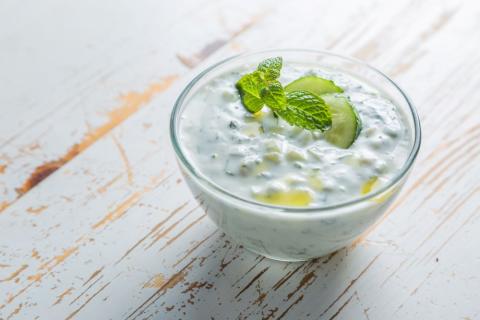- (400g) Lamb
- 3 Medium Sized (300g) Courgettes
- 3 Tablespoons (45g) Tomato Puree
- 1 (3g) Garlic Clove
- 1 (20g) Lemon
- 1 To Taste Pinch (1g) Ground Black Pepper
- 6 Tablespoons (260g) White Rice
- (8Array) Wooden Skewers
Ingredients
Allergy Disclaimer
Always check the label of each ingredient for allergy warnings.
Method
- Cut the lamb into cubes, trimming any fat.
- Wash the courgette and cut into chunks. Peel and finely chop the garlic.
- Finely grate the peel of the lemon until you have around 1 teaspoon of it. Squeeze the lemon juice into a bowl or cup.
- In a bowl, mix the tomato puree, garlic, lemon rind and 2 tablespoons of the lemon juice.
- Add the lamb and black pepper to the bowl. Mix well and leave to marinate for 10 minutes if possible.
- Thread the lamb and courgettes onto the skewers and cook under a preheated grill (or barbecue) for 10-15 minutes until cooked through. Turn regularly so that the tomato paste does not burn.
- Cook the rice according to the manufacturer's instructions and serve hot with the lamb and courgette skewers.
Time Saver Tips
Can be made with beef, chicken or turkey so choose what is cheapest or on offer.
Tips for Kids
Get them to help thread the meat and vegetables onto the skewers. Other favourite vegetables like peppers or mushrooms can be added to the skewers.
Nutritional Information
Based on a single serving of 328g (% of an adult's reference intake)
Energy
422 kcals ( %)
1,778 kJ ( 23 %)
Fat
4.4 g ( 22 %)
Saturates
52.9 g ( %)
Sugar
2.8 g ( 3 %)
Salt
0.2 g ( 4 %)
Detailed nutritional information
| Per 100g | Per 328g serving | |
|---|---|---|
| Energy Kcals | 129 | 422 |
| Energy Kj | 542 | 1,778 |
| Protein | 8.3 g | 27.1 g |
| Total Fat | g | g |
| Saturated Fat | 1.3 g | 4.4 g |
| Carbohydrates | 16.1 g | 52.9 g |
| Total Sugars | 0.9 g | 2.8 g |
| NSP Fibre | 0.5 g | 1.3 g |
| Sodium | 30 mg | 100 mg |
| Salt | 0.1 g | 0.2 g |
Find out about nutritional labelling
Nutrition labels on the front of packaging
- Most of the big supermarkets and many food manufacturers display nutritional information on the front of pre-packed food.
- Front of pack nutrition labels provide information on the number of grams of fat, saturated fat, sugars and salt and the amount of energy (in kJ and kcal) in a serving or portion of a recipe.
- The labels also include information about reference intakes (expressed as a percentage) which are guidelines about the approximate amount of particular nutrients and energy required for a healthy diet.
- The colour coding tells you at a glance if the food has high (red), medium (amber) or low (green) amounts of fat, saturated fat, sugars and salt.
- The more greens on the label, the healthier the choice
- Amber means neither high nor low, so you can eat foods with all or mostly ambers on the label most of the time.
- Reds on the label means the food is high in that nutrient and these are the foods we should cut down on. Try to eat these foods less often and in small amounts.
Food shopping tips
If you’re trying to decide which product to choose, check to see if there's a nutrition label on the front of the pack. This will help you to quickly assess how your choices stack up. You will often find a mixture of red, amber and green colour coding for the nutrients. So when you're choosing between similar products, try to go for more greens and ambers and fewer reds if you want to make a healthier choice.
 Activities & Play
Activities & Play Behaviour
Behaviour Childcare
Childcare Development & Growing Up
Development & Growing Up Family, Friends & Relationships
Family, Friends & Relationships Feeding Your Baby
Feeding Your Baby Food & Eating
Food & Eating Health & Safety
Health & Safety Mental Health & Wellbeing
Mental Health & Wellbeing Money & Work
Money & Work Online Behaviour & Safety
Online Behaviour & Safety Pregnancy & First Days
Pregnancy & First Days School & Education
School & Education Sleep
Sleep


